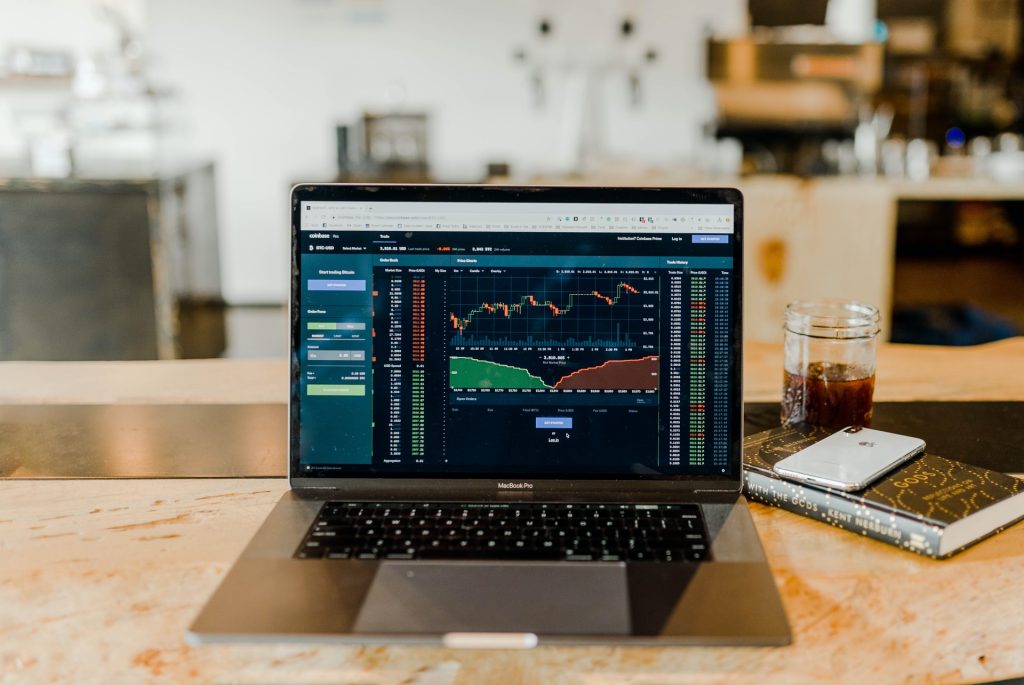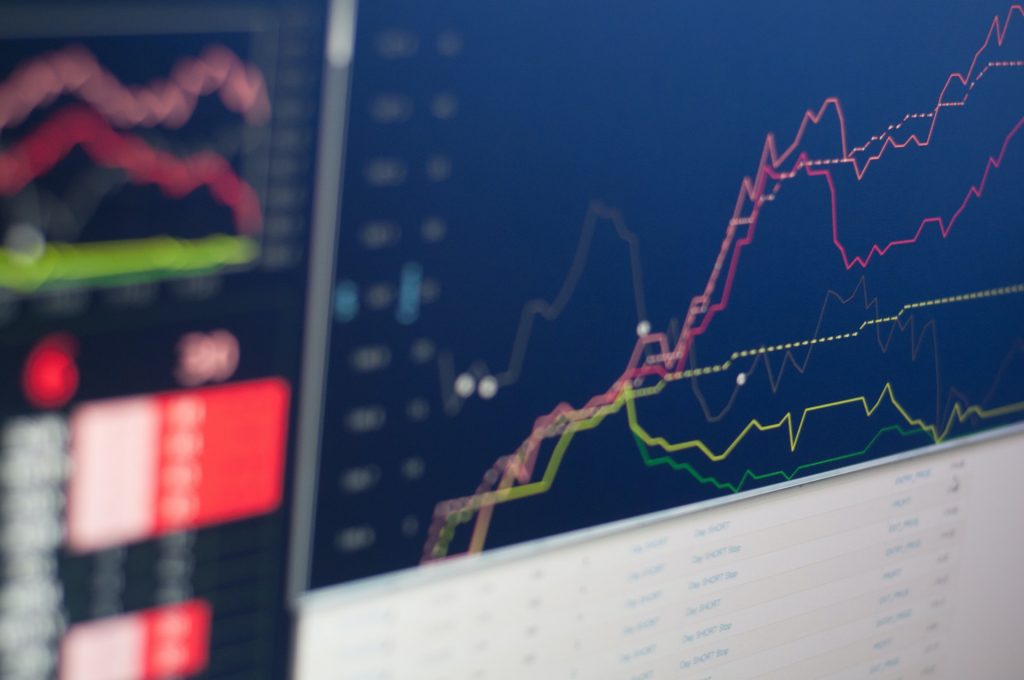Beginner traders often struggle to trade profitably due to a lack of experience or a viable trading strategy. Many expert traders agree that there are certain steps that beginner traders should take to become profitable traders. Let’s discuss these steps one by one:
1- Determine your trading style
The first step you should take in your trading career is to determine your style of trading. You can choose to perform day trading, swing trading, position trading, or algorithmic trading. Depending on the market situation, your trading objective, and the time you commit to trading, you can adopt any of the trading styles, but it is better to stick to one trading style and execute strategies accordingly.
You should carefully consult with different forex brokers and crypto brokers to ensure that the broker provides the services that suit your style of trading.
2- Select the financial instrument you want to trade
Many types of securities available for trading, which includes forex, stocks, ETFs, Futures, etc. Most beginners start their trading journeys from stock trading before stepping into the forex market. However, there is no fixed rule; if you feel excited about trading instruments other than stocks, you can start forex trading, crypto trading, or commodity trading as well.
There are plenty of financial instruments available for trading. You can choose forex, stock CFDs, equity indices, commodity trading, and precious metals, etc. Each financial instrument has its own properties and characteristics, so you must understand the market and the financial instrument you are trading to achieve better trading results.
3- Learn technical and fundamental analysis
While trading, you will be using technical and fundamental analysis to analyze the market and enter and exit trades. Fundamental analysis includes analyzing the economic, political, and many other factors that influence the price of the asset. To do fundamental analysis, you should keep an eye on the important events in the economic calendar, news, economic reports, and data releases. In case you are trading stocks, you can do fundamental analysis by studying the financial statements and data releases of the company you are analyzing. Many investors analyze the financial statements to calculate the intrinsic value of the stock to determine whether the stock is overvalued or undervalued.
You can also trade forex and stock markets using technical analysis. Technical analysis includes studying price action on charts and the use of technical indicators that aid traders to determine the trend, or the activity in the stock market. To perform technical analysis, you need to understand price action charts and apply technical indicators to determine the exit and entry points of your trade. Before adopting any technical analysis strategy, you must test it using price charts from the past data and validate its effectiveness.
Many online brokers offer technical and fundamental analysis guides which you can use to improve your trading.
4- Follow risk management principles
Risk management is one of the most important components of sound and profitable trading. All trading experts stress the need to follow risk management principles so that in the event of unfavorable trade, your losses can be limited to your specified level. As a beginner trader, you should risk no more than 1% of your account on any single trade. This will ensure that if a trade doesn’t go your way, you will only lose 1% of your account.
You should always apply a stop-loss point while trading, which will act as insurance against a big or uncontrollable loss. Also, you must also ensure that the trade you undertake has a risk-reward ratio of at least 1:2, which means that you should only enter those trades in which you expect to earn at least twice what you are risking.
Conclusion
Beginner traders should invest most of their time learning trading strategies and understanding the markets. As a beginner trader, you can test your strategies and refine your skills using a demo trading account. You should learn technical and fundamental analysis and follow risk management principles as these are elementary steps that every trader should adopt before assuming trading.





 Bitcoin
Bitcoin  Ethereum
Ethereum  Tether
Tether  XRP
XRP  Solana
Solana  USDC
USDC  Cardano
Cardano  TRON
TRON  Lido Staked Ether
Lido Staked Ether  Avalanche
Avalanche  Toncoin
Toncoin